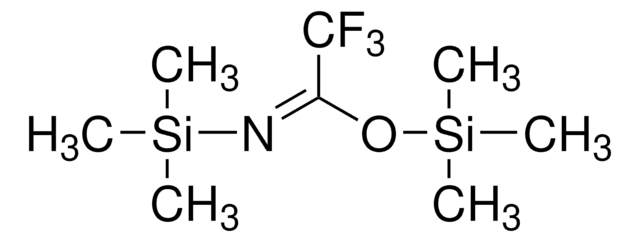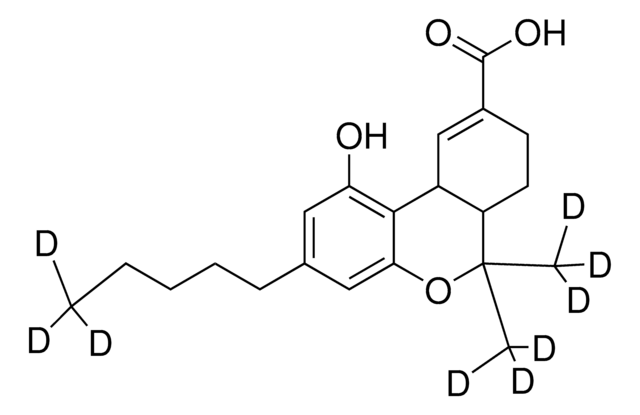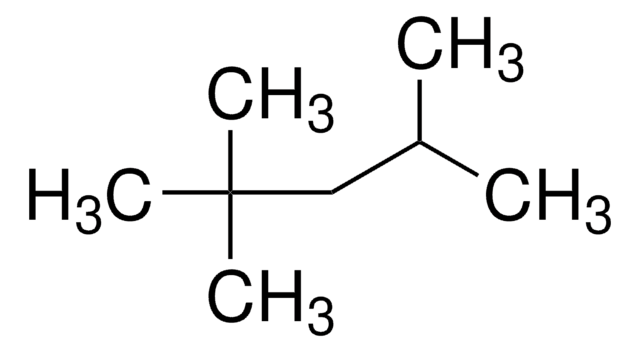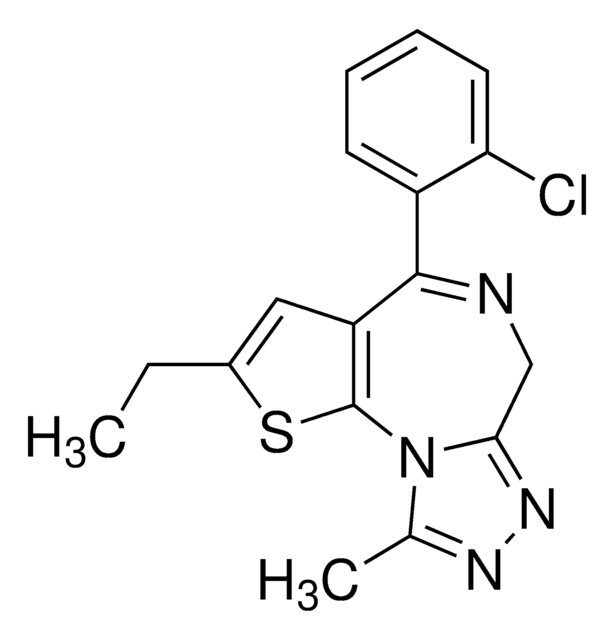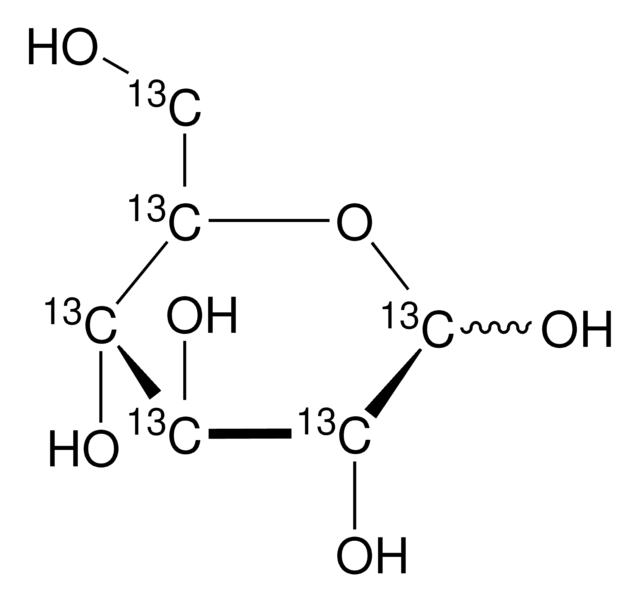567300
SKF-525A, Hydrochloride
Cell permeable. Blocks glibenclamide-sensitive K+ channels. Inhibits neuronal nitric oxide synthase. Also inhibits hepatic drug metabolism by inhibiting the cytochrome P450 system.
Synonym(s):
SKF-525A, Hydrochloride, Proadifen
About This Item
Recommended Products
Quality Level
assay
≥98% (TLC)
form
solid
manufacturer/tradename
Calbiochem®
storage condition
OK to freeze
desiccated (hygroscopic)
color
white
solubility
water: 20 mg/mL
shipped in
ambient
storage temp.
−20°C
InChI
1S/C23H31NO2.ClH/c1-4-17-23(20-13-9-7-10-14-20,21-15-11-8-12-16-21)22(25)26-19-18-24(5-2)6-3;/h7-16H,4-6,17-19H2,1-3H3;1H
InChI key
FHIKZROVIDCMJA-UHFFFAOYSA-N
General description
Biochem/physiol Actions
nNOS
Warning
Reconstitution
Other Notes
Sakuta, H. and Yoneda, I. 1994. Eur. J. Pharmacol.252, 117.
Khan, S., et al. 1993. Biochem. Pharmacol.45, 439.
Boeynaems, J.M., et al. 1986. Prostaglandins32, 145.
Lee, C.H., et al. 1976. J. Pharmacol. Exp. Ther.198, 347.
Grasdalen, J., et al. 1975. FEBS Lett.60, 240.
Legal Information
wgk_germany
WGK 3
flash_point_f
Not applicable
flash_point_c
Not applicable
Certificates of Analysis (COA)
Search for Certificates of Analysis (COA) by entering the products Lot/Batch Number. Lot and Batch Numbers can be found on a product’s label following the words ‘Lot’ or ‘Batch’.
Already Own This Product?
Find documentation for the products that you have recently purchased in the Document Library.
Our team of scientists has experience in all areas of research including Life Science, Material Science, Chemical Synthesis, Chromatography, Analytical and many others.
Contact Technical Service
